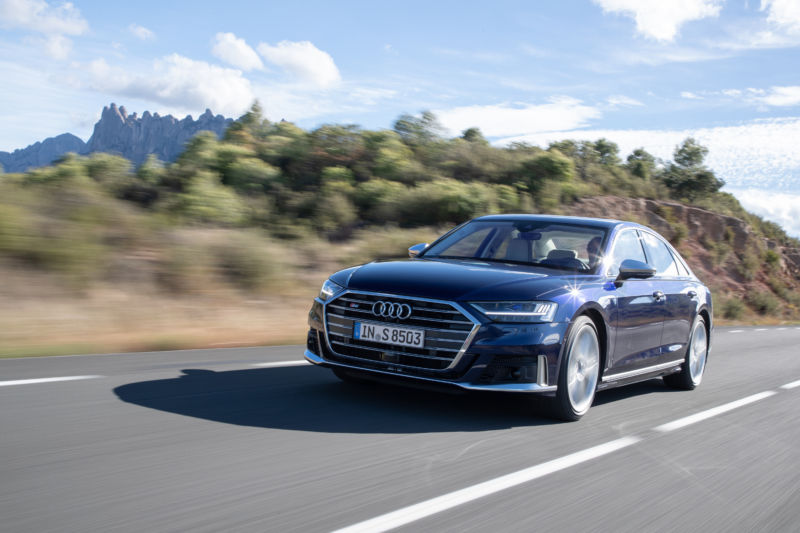https://arstechnica.com/?p=1638093

Auto-parts maker Bosch is getting into the lidar business, the company said in a Thursday announcement. That’s significant because Bosch is a “tier 1” supplier—one of the few companies with the scale and infrastructure to supply parts directly to global car makers.
Little is known about Bosch’s lidar. Bosch says the technology has been developed in-house and boasts a long range and a wide field of view. But the company declined to provide Ars Technica with hard numbers on range, field of view, cost, or other characteristics. That makes comparing Bosch’s lidar to the competition a challenge.
But what Bosch’s announcement does make clear is that lidar is about to shift from an experimental technology to an increasingly common feature on new cars. The fact that companies like Bosch are selling lidar means it will be feasible for major automakers to start offering lidar as an option.
At least one carmaker—Audi—has already started shipping some cars with lidar. Audi’s lidar is made by Bosch rival Valeo. As lidar technology becomes more mature and affordable, we can expect other carmakers to follow Audi’s lead—much as radar became increasingly common in cars in the late 1990s and 2000s.
Right now, the most powerful—and expensive—lidar is used for prototypes of fully self-driving cars. These lidars tout ranges over 200 meters and can cost tens of thousands of dollars. The lidar Valeo sold to Audi isn’t in this class. Exact pricing isn’t publicly available, but rumors suggest that Valeo’s lidar costs hundreds of dollars in volume. These less expensive lidars tend to have lower range and resolution.
Still, they can add a lot of value.
Right now, most advanced driver-assistance systems (ADAS) rely on radar as the primary way to track nearby objects. But radar sensors have severe limitations. They have low horizontal and vertical resolution, making them incapable of distinguishing a car directly ahead from a metal sign overhead or a concrete lane divider next to the road.
Many of today’s ADAS systems cope with this by ignoring objects that are not moving relative to the road. That works most of the time on freeways, since other cars are usually moving and large stationary objects are usually not in a travel lane. But it means that ADAS systems occasionally make mistakes like steering right into a parked fire truck.
Hence, lidar has the potential to substantially improve the performance of today’s ADAS systems. Radar may not be able to distinguish a fire truck parked next to the travel lane from one parked in the travel lane. But a lidar sensor can. With help from lidar, the next generation of ADAS systems will better understand its environment and be able to avoid more crashes.
via Ars Technica https://arstechnica.com
January 2, 2020 at 01:41PM
